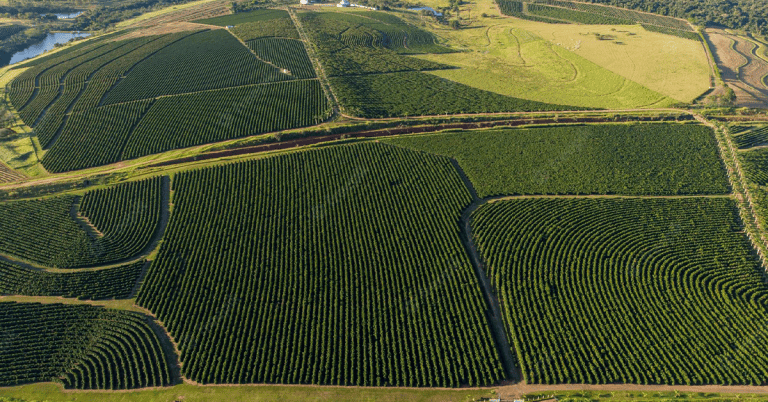Climate change is a global issue that requires a global solution. One proposed solution is carbon capture technologies. These technologies are designed to capture carbon dioxide (CO2) emissions from power plants and other industrial sources and store them on the soil. However, many people are concerned about the cost of implementing these technologies and wonder if they are worth the investment. In this article, we will analyze the costs and benefits of carbon capture technologies to better understand their economics.
The various economic aspects of carbon capture
As the awareness surrounding climate change continues to grow, the adoption of sustainable energy practices has become a pressing issue in global politics.
In this context, carbon capture technology is one such practice that has emerged as a potential solution to reduce greenhouse gas emissions and mitigate climate change. However, there are concerns about the costs and benefits associated with this technology. Can the benefits outweigh the potential costs? Can such costs be reduced with better technology? Let’s analyze that.
– Capital Costs
The capital costs associated with carbon capture technologies can be high. Estimates range from $36 to $90 per ton of carbon dioxide captured.
These costs vary depending on the type of technology used, the size of the facility, and the location of the site. For example, post-combustion carbon capture technologies tend to have higher capital costs than pre-combustion technologies.
Additionally, the more carbon dioxide the facility is trying to capture, the higher the capital costs will be. However, some experts believe that these costs could come down in the future as the technology improves and becomes more widely used.
This improvement comes with newer and more efficient techniques of retrieving carbon from the atmosphere and storing it in on the soil, such as the use of enhanced rock weathering (ERW), or more effective ways to prevent CO2 emissions.
– Operational Costs
In addition to capital costs, there are also operational costs associated with carbon capture technologies. These include the costs of running the equipment, handling the captured carbon dioxide, and monitoring the storage site. Estimates for these costs vary widely, but they tend to be lower than capital costs.
Some studies suggest that operational costs can range from $10 to $20 per ton of carbon dioxide captured. These costs will depend on factors such as the location of the facility, the type of technology used, and the cost of storage.
Again, techniques such as ERW represent advancements in this area, since in ERW CO2 is stored on the soil through a natural process and for a long period of time.
– Economic Benefits
Despite the costs of implementing carbon capture technologies, there are also potential economic benefits. One of the main benefits is the ability to reduce greenhouse gas emissions and combat climate change. This could lead to a more stable and sustainable environment in the future.
Additionally, there are other potential benefits such as job creation, increased energy security, and improved public health. For example, implementing carbon capture technologies could create new jobs in the energy industry and improve air quality in areas near high-polluting facilities.
In the cases of technologies like ERW, the benefits extend to other areas as well. This is because ERW uses mineral and rocks that can improve the soil’s fertility of agricultural areas, thus helping with crops and food production with more sustainable methods.
– Government Regulation
One factor that could impact the economics of carbon capture technologies is government regulation. Governments around the world are introducing policies aimed at reducing greenhouse gas emissions.
These policies could include incentives for companies to invest in carbon capture technologies. Alternatively, governments could introduce regulations that require companies to reduce their emissions.
These regulations could make carbon capture technologies more attractive to companies by creating a market for captured carbon dioxide. It is important to note that the effectiveness of government regulation will depend on a range of factors, including political will and implementation strategies.
Understand the economics of carbon capture technologies is essential to better implement them and help with climate change mitigation
In summary, the economics of carbon capture technologies are complex. While there are capital and operational costs associated with these technologies, there are also potential economic and social benefits to their implementation.
As the technology improves, with the use of more effective and cost-beneficial techniques like ERW, and becomes more widely used, these costs could come down over time. Additionally, government regulation could play a role in making these technologies more attractive to companies.
While there is no easy solution to climate change, carbon capture technologies could be one piece of the puzzle. By understanding the economics of these technologies, we can make more informed decisions about their implementation and potential benefits.


